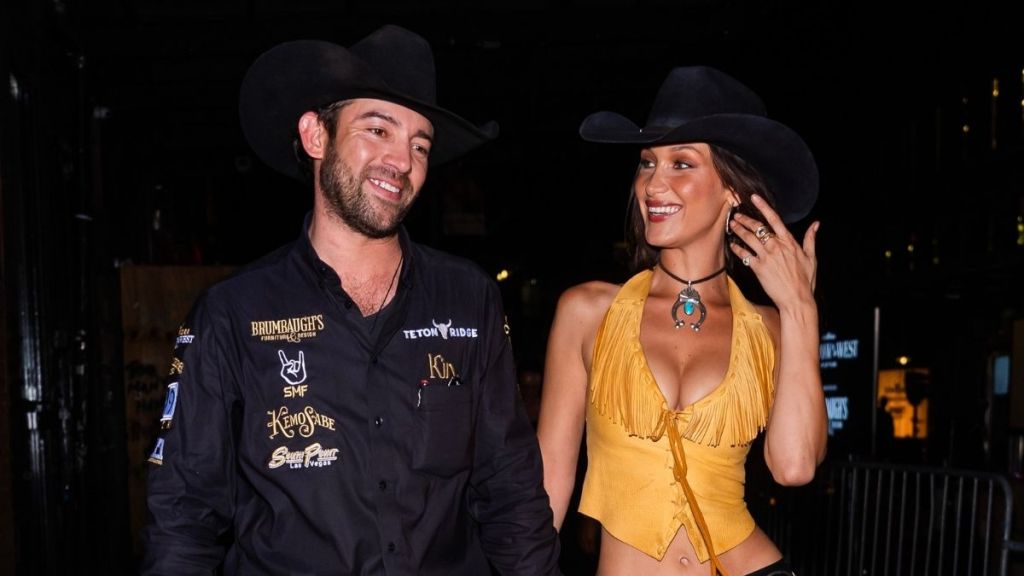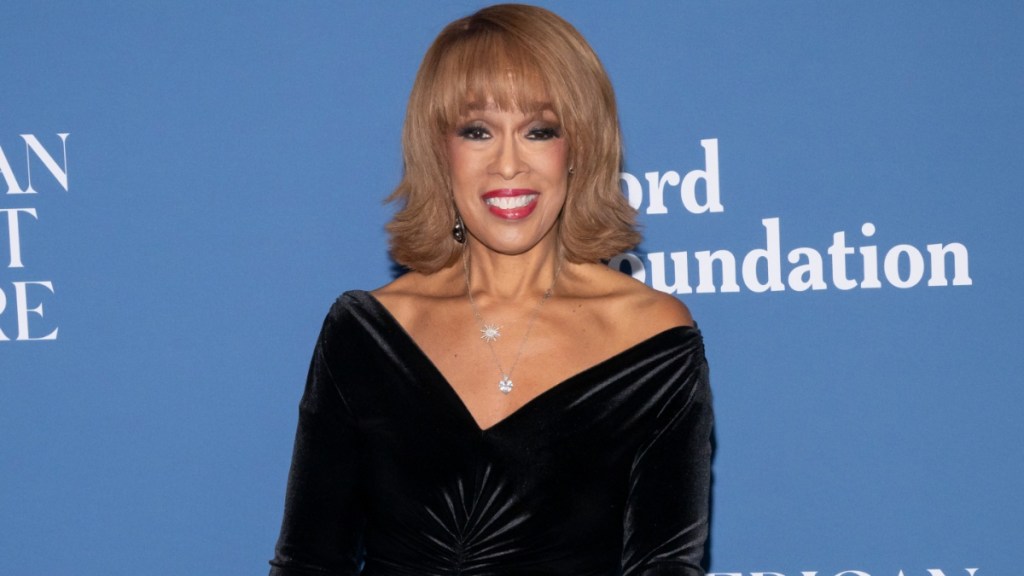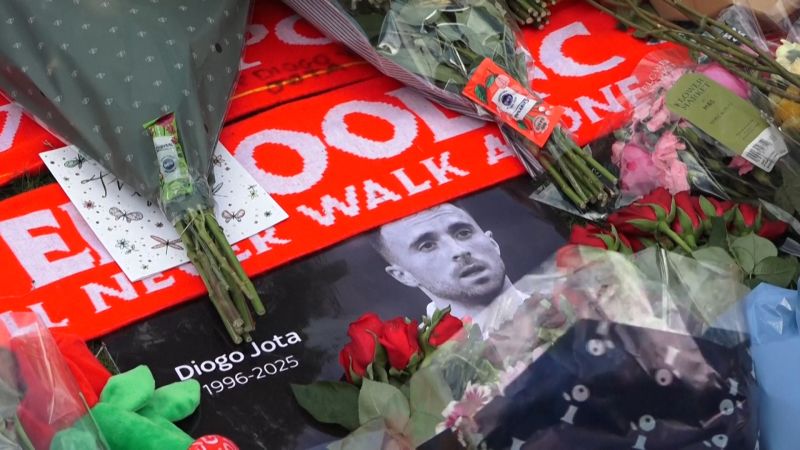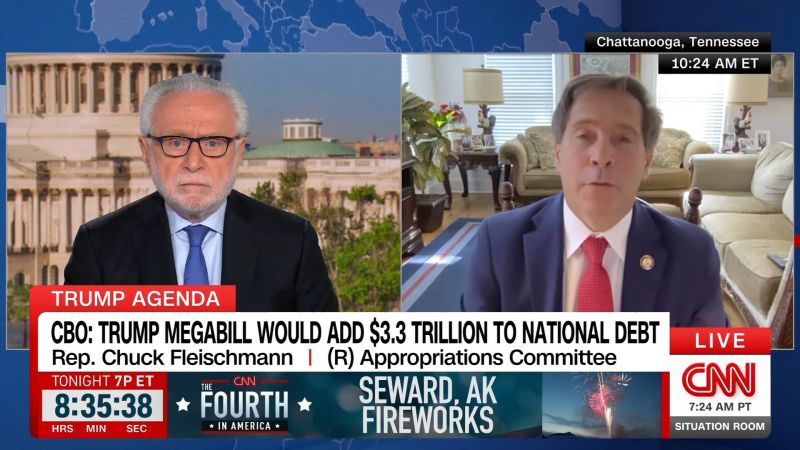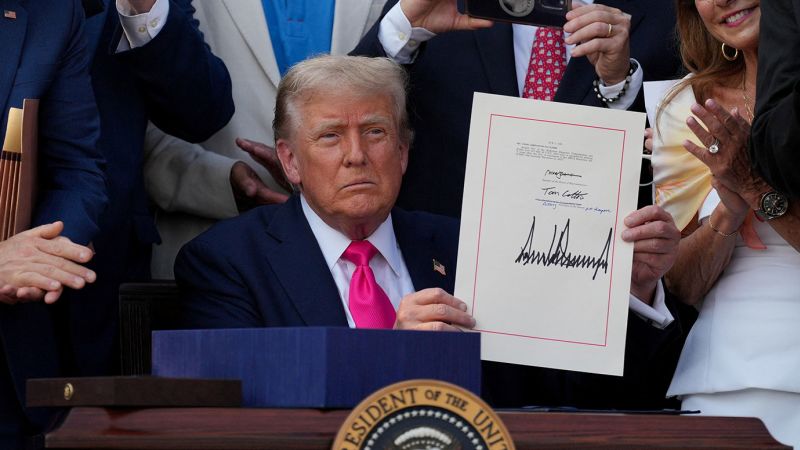New Details Emerge in Trump Assassination Attempt Account
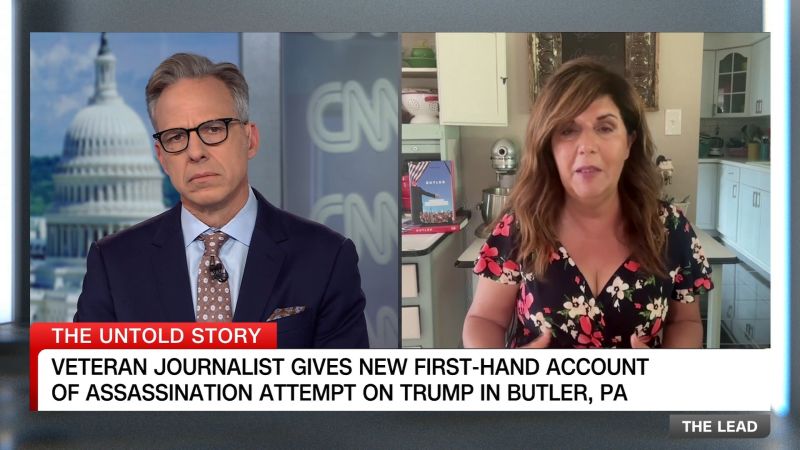
A new account of an assassination attempt on former President Donald Trump has emerged, as journalist Salena Zito shared her insights on the incident during her appearance on the program The Lead. This revelation adds a significant layer of understanding to an event that has drawn considerable media attention and public concern.
Zito’s discussion focused on the details surrounding the attempt, which she claims involved a series of alarming actions that escalated quickly. According to her, the incident took place in March 2024, when a man attempted to breach security at a public event where Trump was speaking. Zito highlighted that the assailant was apprehended before causing any harm, thanks to the swift response of law enforcement.
In her account, Zito emphasized the atmosphere of tension that preceded the attempt. She described how threats against public figures, particularly those in political office, have become more frequent and concerning in recent years. The former president has often been a focal point of such threats, which have been exacerbated by the polarized political climate in the United States.
Zito’s insights reflect ongoing fears regarding political violence and the safety of public figures. During her segment, she pointed out that the public’s response to these threats often varies, with some advocating for increased security measures while others argue that freedom of expression should not be compromised.
The journalist also discussed the implications of such incidents on the political landscape. She noted that while the attempt itself failed, it has raised questions about the broader safety measures in place for political events. Zito underscored the need for a balanced approach that ensures safety without infringing on democratic freedoms.
Experts in political security have echoed Zito’s sentiments, stressing the importance of comprehensive safety protocols. According to a recent report by the National Association of Security Professionals, political events have seen a marked increase in security incidents over the past five years, with a 30% rise in threats reported against candidates and officials.
As the conversation continues, Zito’s account serves as a reminder of the volatile environment surrounding political discourse today. The public is left to grapple with the reality that while the attempt was thwarted, the underlying issues contributing to such threats remain unresolved.
In conclusion, the new details provided by Salena Zito shed light on the ongoing challenges faced by political figures in the United States. The discussion ignites a broader dialogue about security, freedom, and the future of political engagement in a time marked by division and unrest.

